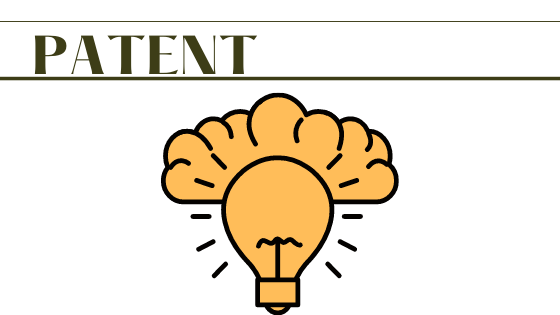Patent applications is given an application number and a submission date. After 6-8 months, the application is scrutinized, and the Patent Office sends out a statement in which the idea of the invention is assessed against novelty, inventive step and industrial applicability. Applicants are given a deadline to respond to the statement. If the inventive idea is patentable, the application is approved for notification as a patent. The application then enters an objection period of 9 months where others can protest that a patent was granted. Objections to a patent are processed by the Patent Office.
Both patent applications and approved patents are kept alive by paying an annual fee to the Patent Office. If one stops paying, the right lapses. The owner of the patent right has the exclusive right to market and manufacture the product that is patent protected. It is best to hire professional help for your invention to avoid any mistakes.
Patent applications abroad
All countries follow an international convention which states that a national patent application can be followed up with an application in other countries within ONE YEAR after the national application was registered.
All countries in the world have a patent system, in which it is possible to file a patent application. Filing a patent application in each country after 12 months involves large costs if there are many countries in question. Therefore, there is an opportunity to obtain protection in several countries by means of only a single patent application, a so-called PCT application. PCT means Patent Cooperation Treaty.

PCT APPLICATION is an international patent system, where with the help of just a single application you can obtain an option for over 100 important industrialized countries around the world, by ticking a list of possible countries. A PCT application can be kept alive for 2.5 years before you have to convert the PCT application to one or more of the checked countries (can be expensive), or you can interrupt the process. A PCT application is processed in the usual way by examining a novelty, and a letter is sent out concluding on the patentability of the invention. That is, the answer is YES or NO to whether all (or parts of) the invention satisfy the requirement for NEW, INVENTION HEIGHT and INDUSTRIAL APPLICABILITY.
Then the patent applicant must decide which countries (or none) the application will be converted to. The application processing in the PCT system should ideally mean that the later national application processing becomes simpler and cheaper. This is because the statements from the PCT authority will follow the application into the national phases, and the result from there will affect the processing as you can read from https://azbigmedia.com/business/why-new-inventors-turn-to-inventhelp-for-support/.
There is also a European patent convention, EPC , which gives a patent applicant the opportunity to cover 19 countries in Europe in a single patent application. EP applications are processed at the EPO in Munich, and scrutiny is carried out and patentability assessments are issued, which the applicant must answer.
Finally, the EP application is approved (or rejected) as a patent, after which the applicant must state which of the 16 countries he wants the patent to apply to (one or more). Then the definition of the invention in the patent claims will apply to all of the countries which the applicant selects from among the 16.